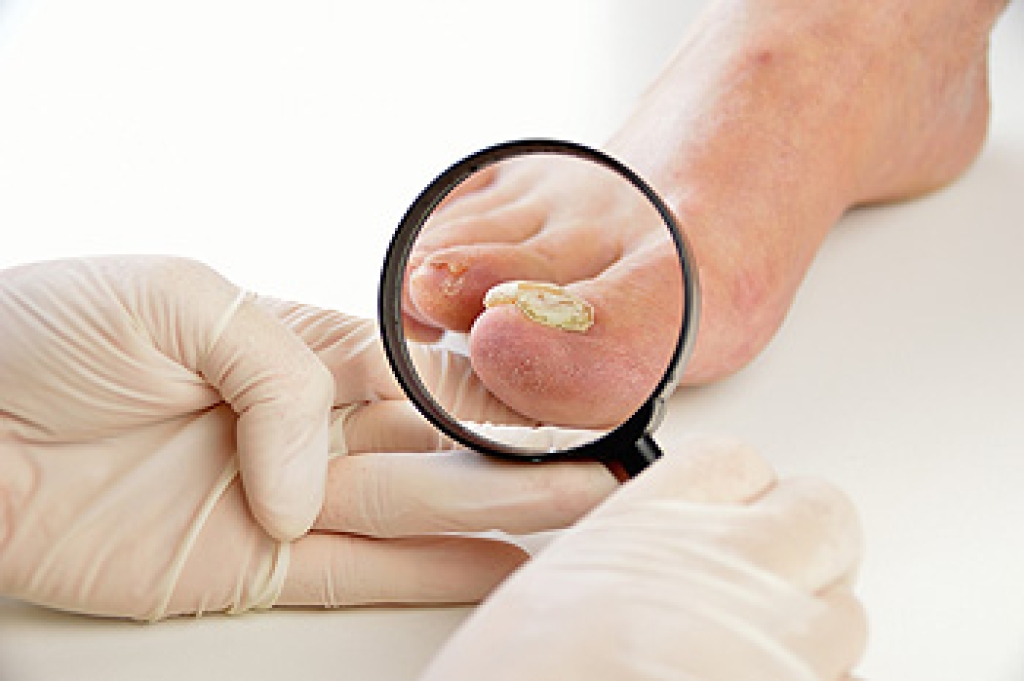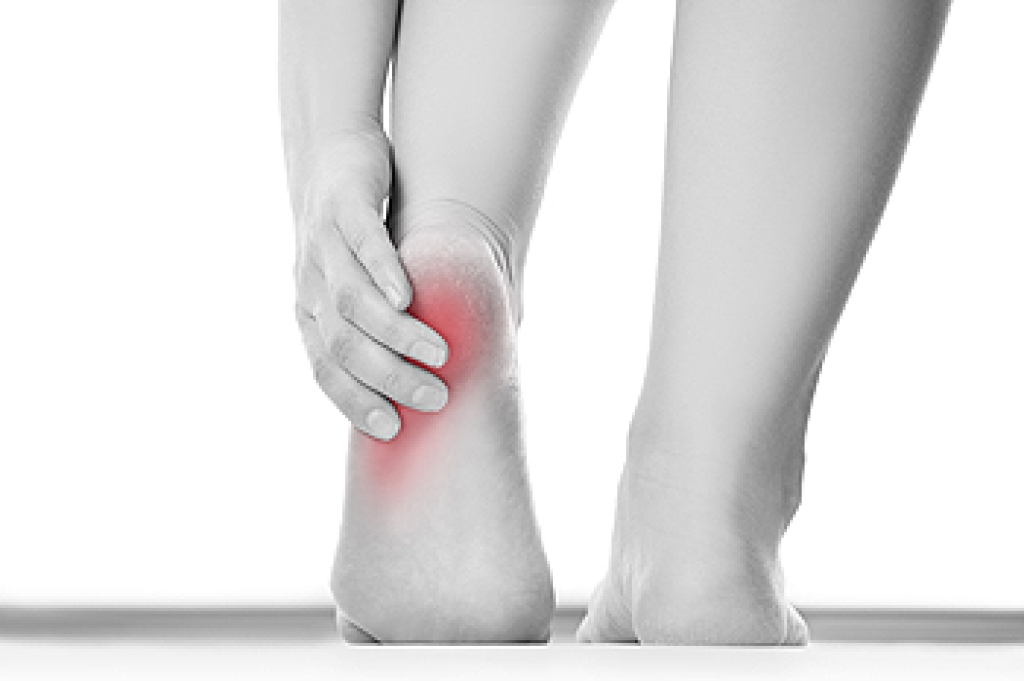 The purpose of the peripheral nerves is to send messages to the nerves in the body, which affect sensation. Peripheral neuropathy can occur if there are complications with this group of nerves. The symptoms that are often associated with this condition can include tingling in the feet and hands, numbness, and muscle weakness. There may be existing medical conditions that can lead to peripheral neuropathy, which can include diabetes. Mild relief can be found if certain prescription medications are taken, and these may be helpful in reducing any burning and shooting pains that exist. If you have a tingling sensation in your feet, it is suggested to consult with a podiatrist as quickly as possible who can guide you toward the correct treatment.
The purpose of the peripheral nerves is to send messages to the nerves in the body, which affect sensation. Peripheral neuropathy can occur if there are complications with this group of nerves. The symptoms that are often associated with this condition can include tingling in the feet and hands, numbness, and muscle weakness. There may be existing medical conditions that can lead to peripheral neuropathy, which can include diabetes. Mild relief can be found if certain prescription medications are taken, and these may be helpful in reducing any burning and shooting pains that exist. If you have a tingling sensation in your feet, it is suggested to consult with a podiatrist as quickly as possible who can guide you toward the correct treatment.
Neuropathy
Neuropathy can be a potentially serious condition, especially if it is left undiagnosed. If you have any concerns that you may be experiencing nerve loss in your feet, consult with Kellvan Cheng, DPM from Elite Foot & Ankle. Our doctor will assess your condition and provide you with quality foot and ankle treatment for neuropathy.
What Is Neuropathy?
Neuropathy is a condition that leads to damage to the nerves in the body. Peripheral neuropathy, or neuropathy that affects your peripheral nervous system, usually occurs in the feet. Neuropathy can be triggered by a number of different causes. Such causes include diabetes, infections, cancers, disorders, and toxic substances.
Symptoms of Neuropathy Include:
- Numbness
- Sensation loss
- Prickling and tingling sensations
- Throbbing, freezing, burning pains
- Muscle weakness
Those with diabetes are at serious risk due to being unable to feel an ulcer on their feet. Diabetics usually also suffer from poor blood circulation. This can lead to the wound not healing, infections occurring, and the limb may have to be amputated.
Treatment
To treat neuropathy in the foot, podiatrists will first diagnose the cause of the neuropathy. Figuring out the underlying cause of the neuropathy will allow the podiatrist to prescribe the best treatment, whether it be caused by diabetes, toxic substance exposure, infection, etc. If the nerve has not died, then it’s possible that sensation may be able to return to the foot.
Pain medication may be issued for pain. Electrical nerve stimulation can be used to stimulate nerves. If the neuropathy is caused from pressure on the nerves, then surgery may be necessary.
If you have any questions, please feel free to contact our office located in Carrollton, TX . We offer the newest diagnostic and treatment technologies for all your foot care needs.








